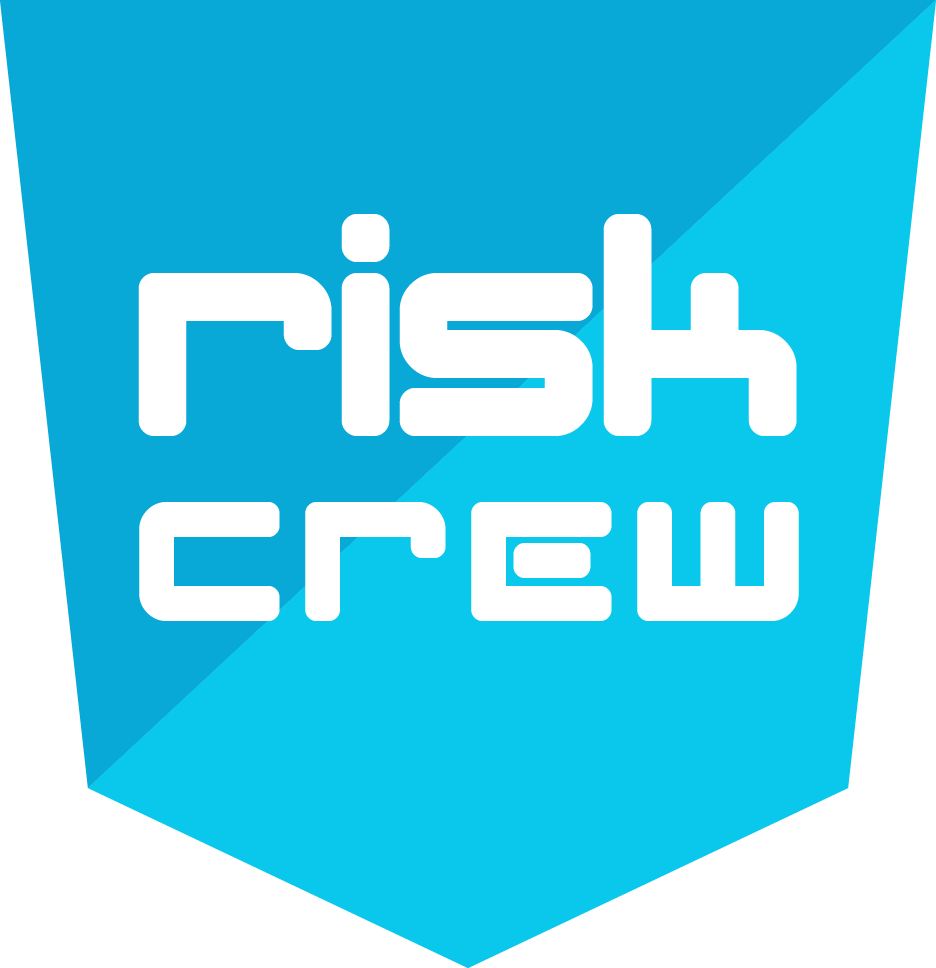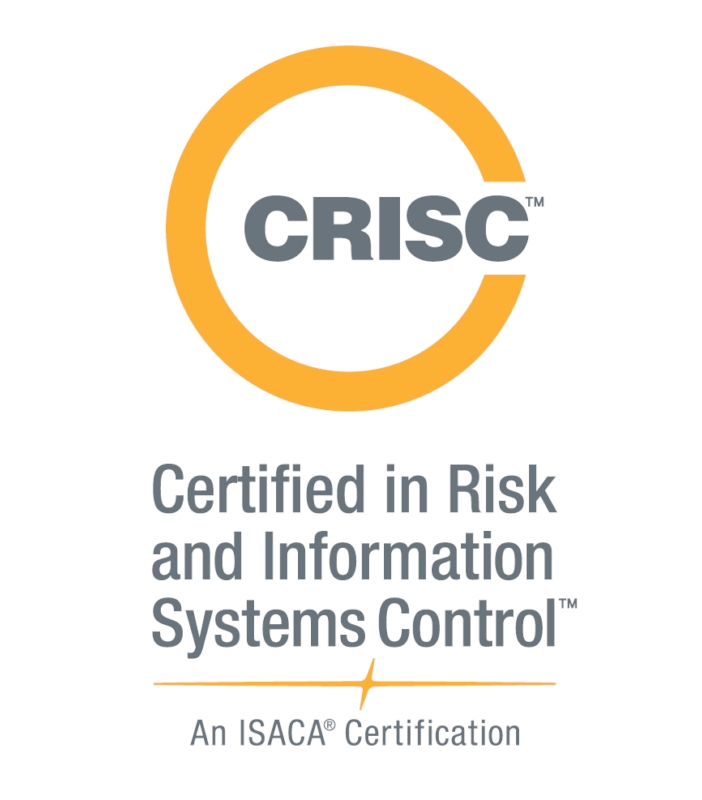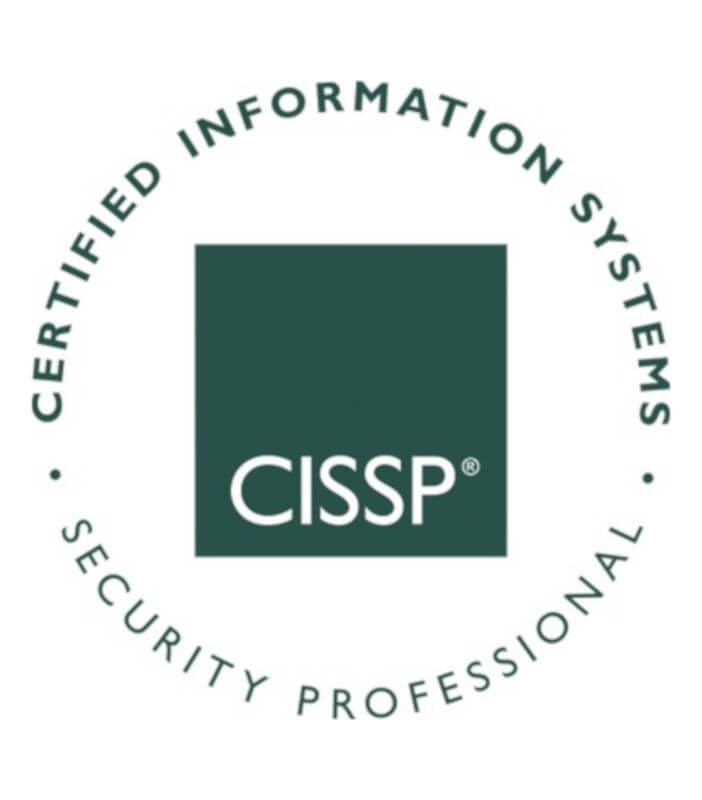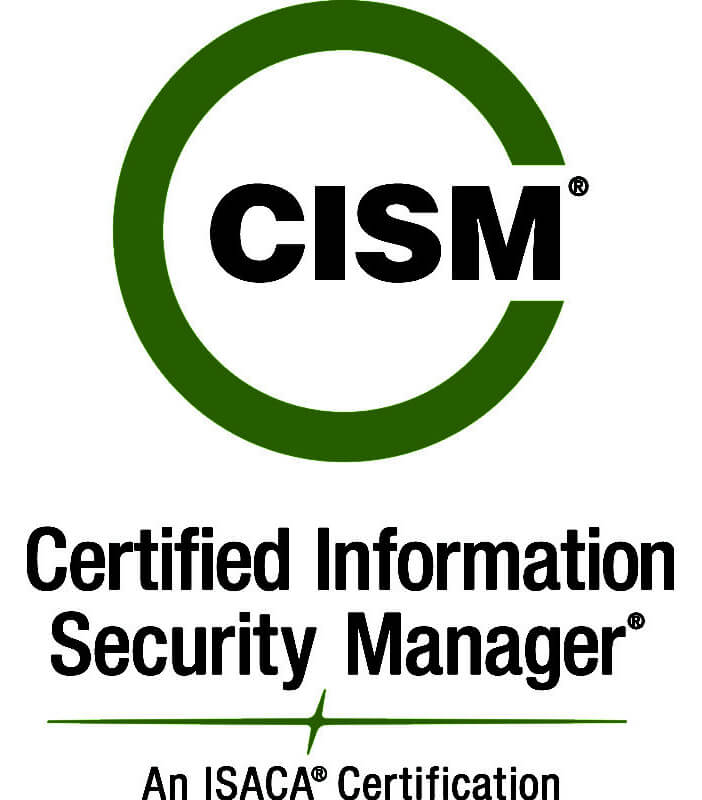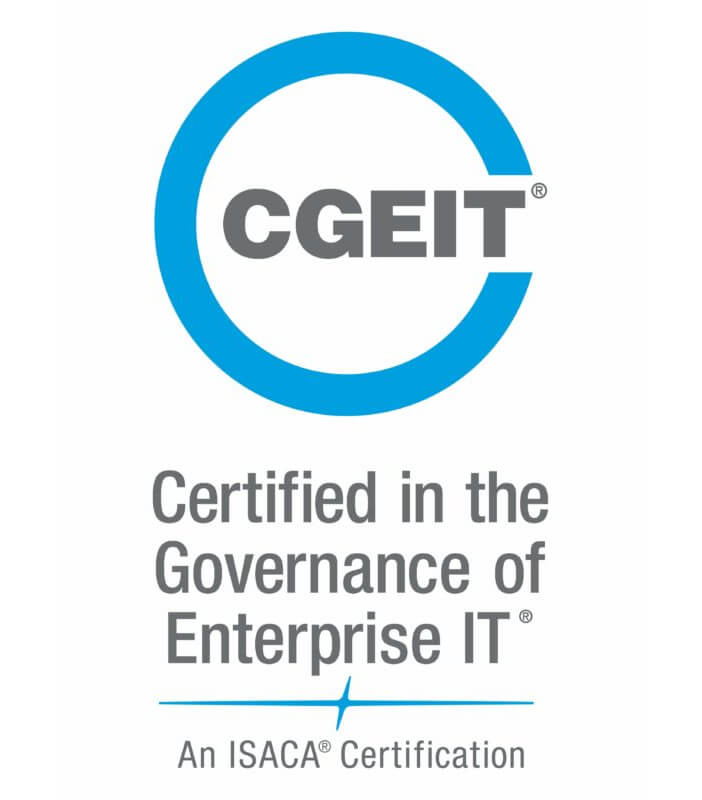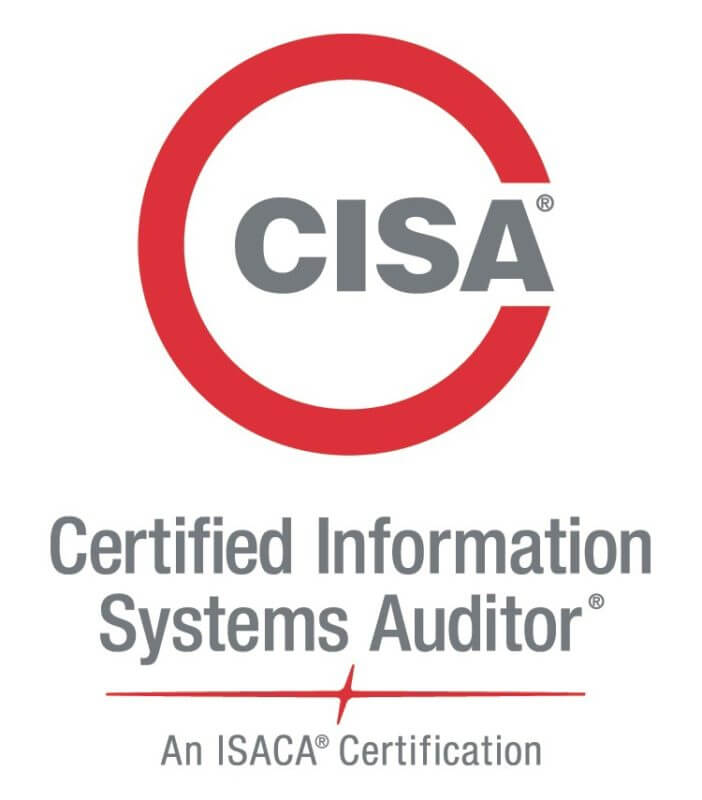- Review of Current Controls: Our team of experts will review the current controls you have implemented to ensure the security, availability confidentiality, processing integrity, and privacy (known collectively as Trust Service Criteria or TSC) of your existing data assets.
- Assessment of Controls: Controls are assessed for effectiveness and documented beside the applicable key performance indicators. The results will indicate the quickest route to a successful audit.
What Is SOC 2 and How to be Compliant
SOC 2 (System and Organisation Controls 2) compliance is a widely recognised framework for assessing and reporting on the security, availability, processing integrity, confidentiality, and privacy of data within service organisations.
Its requirements differ from other information security standards and frameworks as there is no minimum list of prescriptive controls established for compliance.
Instead, the American Institute of Certified Public Accountants (AICPA) establishes general criteria that can be selected by your organisation to demonstrate that controls are in place to mitigate risks to the service you provide.
Get a Quote
